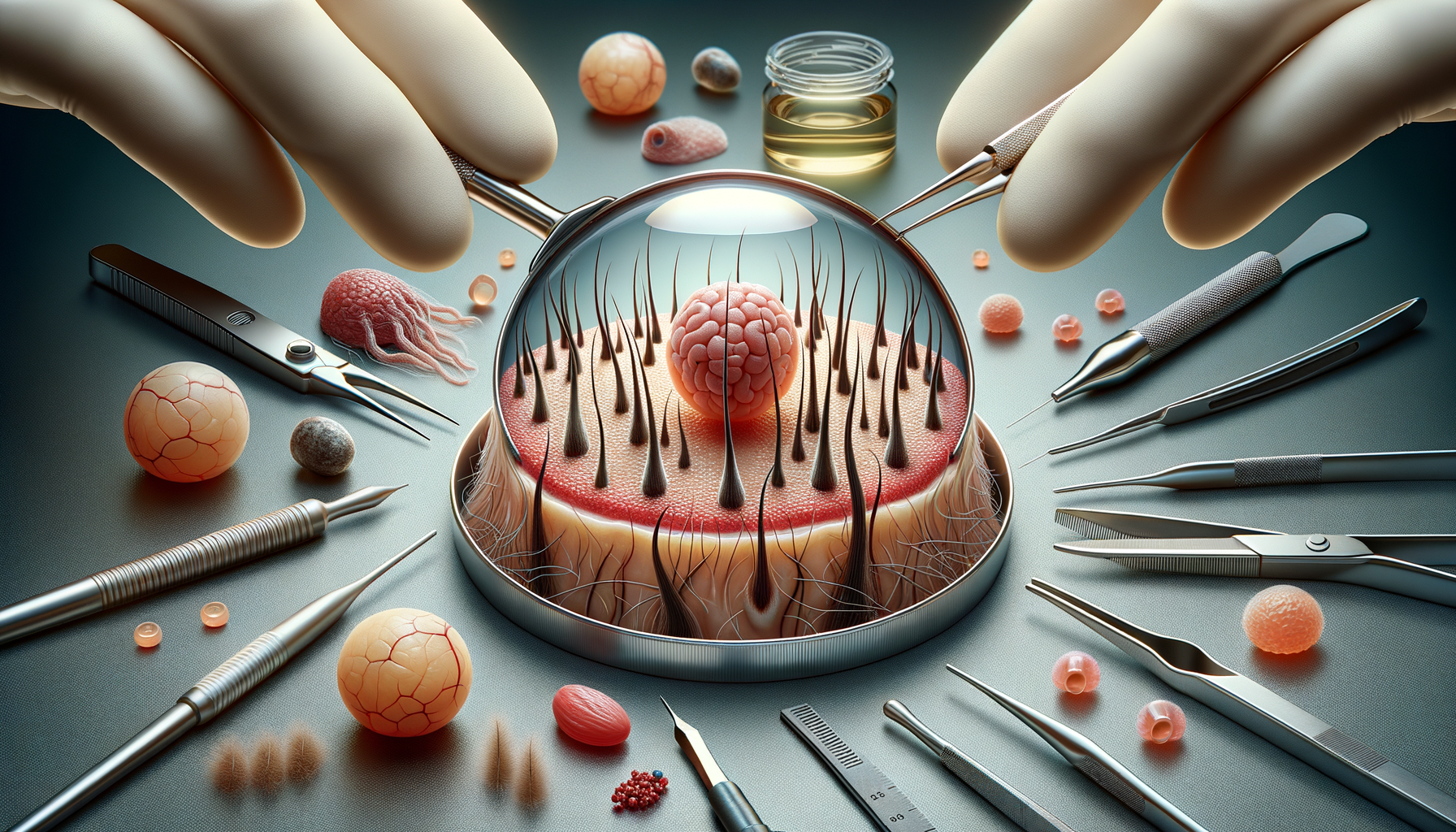
Exploring Hair Transplantation: A Comprehensive Guide to Restoring Confidence
Understanding Hair Transplantation: An Overview
Hair transplantation is a surgical procedure aimed at restoring hair to areas of the scalp that are bald or thinning. It involves the redistribution of hair follicles from donor areas, typically the back or sides of the head, to the recipient areas. This technique has evolved significantly over the years, offering individuals a chance to regain their hair and, consequently, their self-esteem.
The two primary methods of hair transplantation are Follicular Unit Transplantation (FUT) and Follicular Unit Extraction (FUE). FUT involves removing a strip of scalp from the donor area and dissecting it into individual follicular units, which are then transplanted to the thinning areas. FUE, on the other hand, involves extracting individual follicles directly from the donor area and implanting them into the recipient site. Each method has its advantages and is chosen based on the patient’s needs and the surgeon’s expertise.
Hair transplantation is not just about aesthetics; it can significantly impact an individual’s confidence and quality of life. Many who undergo the procedure report a boost in self-esteem and a positive change in their social interactions. With advancements in technology and techniques, hair transplantation has become more accessible and offers natural-looking results, making it a viable option for many facing hair loss.
The Process and Expectations of Hair Transplantation
Before undergoing hair transplantation, a comprehensive consultation with a qualified surgeon is crucial. This initial step involves assessing the patient’s hair loss pattern, discussing expectations, and determining the most suitable technique. The surgeon will evaluate the donor area to ensure there is enough hair to achieve the desired results.
The procedure itself can take several hours, depending on the extent of hair loss and the number of grafts needed. Patients are typically awake during the surgery, with local anesthesia applied to minimize discomfort. Post-surgery, patients may experience mild swelling or discomfort, which usually subsides within a few days.
One of the most important aspects of hair transplantation is managing expectations. While the procedure can provide significant improvements, it is crucial to understand that results may vary. Hair growth typically begins a few months post-surgery, with full results visible after 12 to 18 months. Patients should follow post-operative care instructions diligently to ensure optimal healing and hair growth.
Benefits and Considerations of Hair Transplantation
Hair transplantation offers numerous benefits, making it a popular choice for individuals experiencing hair loss. One of the key advantages is the natural appearance of the transplanted hair, which blends seamlessly with existing hair. This is due to the careful placement of grafts and the use of the patient’s own hair, ensuring a natural look.
Additionally, hair transplantation is a long-term solution. Unlike temporary fixes such as wigs or hairpieces, transplanted hair is permanent and grows naturally. This can be particularly appealing for those seeking a permanent solution to hair loss.
However, there are considerations to keep in mind. The cost of hair transplantation can be significant, and it is important to choose a qualified and experienced surgeon to minimize risks and ensure satisfactory results. Potential candidates should also be aware of the time commitment involved, from the initial consultation to the recovery period and the time it takes for full results to manifest.
Overall, hair transplantation can be a life-changing procedure for many, offering a chance to regain lost confidence and improve one’s quality of life. As with any medical procedure, thorough research and consultation with a qualified professional are essential steps in the decision-making process.


